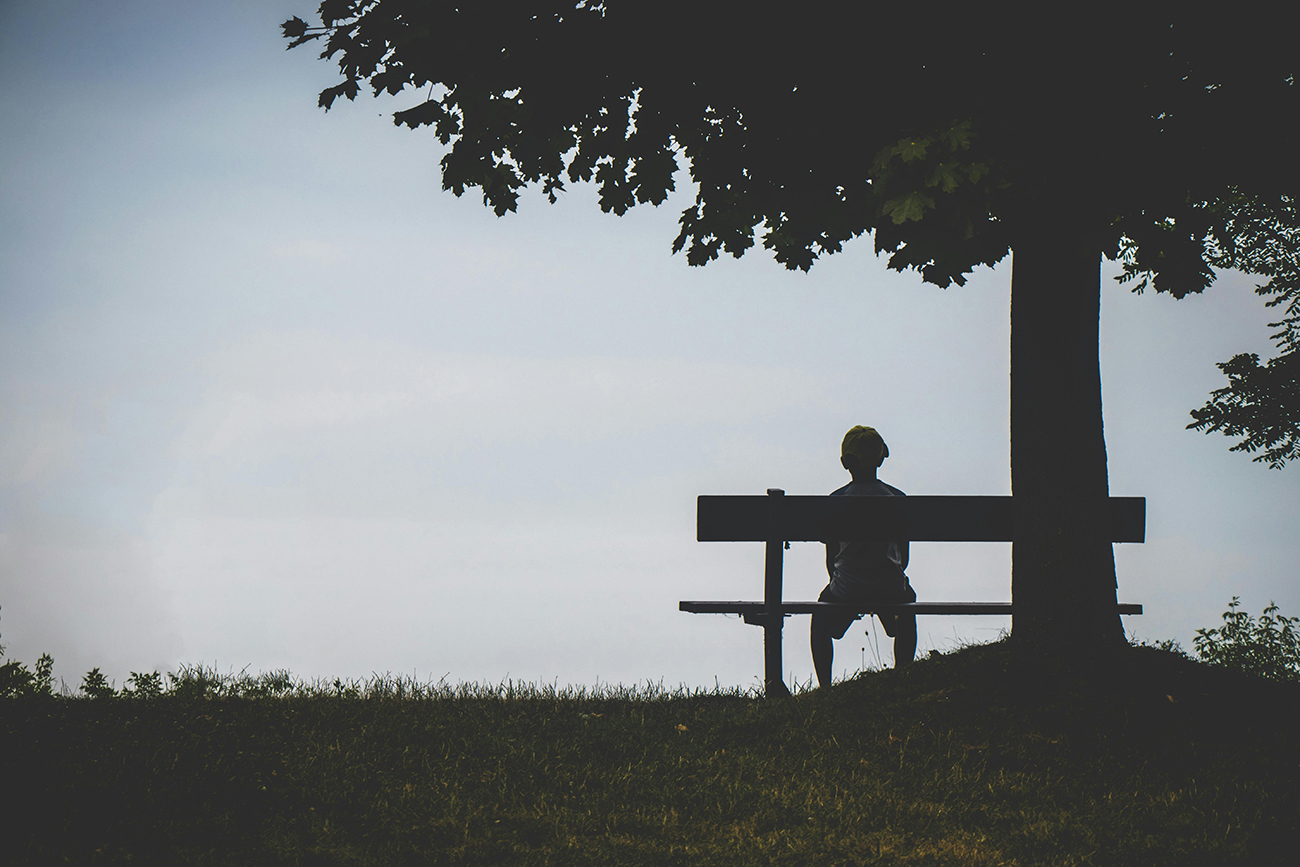

Building social connections is vital for mental health, physical health, and overall wellbeing, but research has shown that nearly one in four older adults are experiencing social isolation and nearly 15% of adolescents are experiencing loneliness.1 Social isolation and loneliness are similar but not the same. Social isolation refers to an objective state characterized by having few social connections, roles, group affiliations, and social interactions. On the other hand, loneliness is a subjective experience that is defined as a distressing feeling that arises from perceived isolation or a gap between one’s desired and actual social experiences.2
A lack of social connection can significantly threaten both health and lifespan.2,3 Social isolation and loneliness increase the likelihood of premature death by 29% and 26%, respectively. Additionally, poor or insufficient social connection is associated with a 29% higher risk of heart disease and 32% greater risk of stroke.2 It is also associated with lower academic performance, decreased productivity at work, and an estimated $6.7 billion in excess Medicare spending each year.3
Therefore, in May 2023, the U.S. Surgeon General Dr. Vivek Murthy issued an advisory addressing the epidemic of loneliness and isolation.2 Additionally, the advisory emphasizes the healing effects of social connection and community, highlighting the National Strategy to Advance Social Connection, which includes six foundational pillars and a series of recommendations to support a community-based approach to advancing social connection.2 The six pillars include: (1) strengthening social infrastructure; (2) implementing public policies that foster connection; (3) addressing social disconnection in public health and healthcare systems; (4) reforming digital spaces; (5) increasing research efforts; and (6) building a national culture centered on connection.2,4
Furthermore, the advisory outlines the negative impacts of loneliness and isolation on both individual and societal health, emphasizing their links to depression, anxiety, suicide, and premature death. It highlights the importance of prioritizing social connections as a crucial protective factor for overall health and wellbeing, including reducing suicide risk.9 Research has shown that loneliness and social isolation are associated with an increased risk of mental health issues such as anxiety, depression, and dementia.2,3,5,7 Depression and anxiety frequently involve social withdrawal, which increases the risk of both social isolation and loneliness. Conversely, social isolation and loneliness are predictors of a higher likelihood of developing depression and anxiety.2
In contrast, social support and connection serve as crucial protective factors against suicide.8 Research has shown that suicide is an urgent and growing public health crisis with more than 49,000 people dying by suicide in 2022.9 Supportive positive relationships and strong community ties can help mitigate the impact of various risk factors in individuals’ lives.8 In April 2024, the U.S. Department of Health and Human Services (HHS) published the National Strategy for Suicide Prevention (NSSP) and the National Strategy for Suicide Prevention Federal Action Plan, emphasizing the need for comprehensive strategies to address this pressing issue.5,10
The 2024 NSSP is a 10-year plan aimed at preventing suicide.9 It aims to reduce the risk of suicide, identify and assist individuals at greater risk through treatment and crisis intervention, prevent subsequent attempts, encourage long term recovery, and provide support for those who have lost someone to suicide.5 Furthermore, the NSSP offers specific recommendations to address gaps in current suicide prevention efforts, including four strategic directions: (1) community-based prevention; (2) treatment and crisis services; (3) surveillance, quality improvement and research; and (4) health equity in suicide prevention.5,9
The 2024 Federal Action Plan outlines over 200 initiatives to be implemented across various federal agencies over the course of three years to support the overarching goals of suicide prevention.9 Key actions include evaluating effective community-based suicide prevention strategies; exploring integrated approaches to address both substance use and suicide risk in clinical environments; providing funding for a mobile crisis locator for use by 988 crisis centers; and enhancing support for survivors of suicide loss and others affected by suicide.5,9
Loneliness and social isolation are increasingly being recognized as critical public health and policy issues affecting individuals across all ages.1 The escalating rates of social disconnection highlight the urgency of addressing this crisis at both individual and community levels. To combat these challenges, a multisector approach is essential for integrating mental health resources. By prioritizing mental health in policy making and implementing comprehensive strategies that promote social connection, we can mitigate the adverse effects of loneliness and social isolation, ultimately improving the quality of life for individuals and fostering healthier, more resilient communities.
Author Bio:

Renée Chuang, M.S.
Renée completed her undergraduate education in Biochemistry and Sociology at the University of Oregon. She then received her Master of Science in Global Health at National Taiwan University. Currently, she is pursuing her DrPH in Health Policy and Leadership at Loma Linda University School of Public Health. Her research interests include patient-provider relationships and quality of care. When she is not working on her dissertation, she can be found exploring local coffee shops or training for a marathon
References:
- https://www.who.int/teams/social-determinants-of-health/demographic-change-and-healthy-ageing/social-isolation-and-loneliness
- https://www.hhs.gov/sites/default/files/surgeon-general-social-connection-advisory.pdf
- https://weillcornell.org/news/america%E2%80%99s-loneliness-epidemic-what-is-to-be-done
- https://sprc.org/news/surgeon-general-lays-out-framework-to-tackle-loneliness-and-mend-the-social-fabric-of-our-nation/
- https://www.hhs.gov/sites/default/files/national-strategy-suicide-prevention.pdf
- https://www.cigna.com/knowledge-center/chronic-loneliness
- https://pmc.ncbi.nlm.nih.gov/articles/PMC4225959/
- https://sprc.org/effective-prevention/a-comprehensive-approach-to-suicide-prevention/promote-social-connectedness-and-support/
- https://www.hhs.gov/programs/prevention-and-wellness/mental-health-substance-abuse/national-strategy-suicide-prevention/index.html
- https://www.hhs.gov/sites/default/files/nnsp-federal-action-plan.pdf
